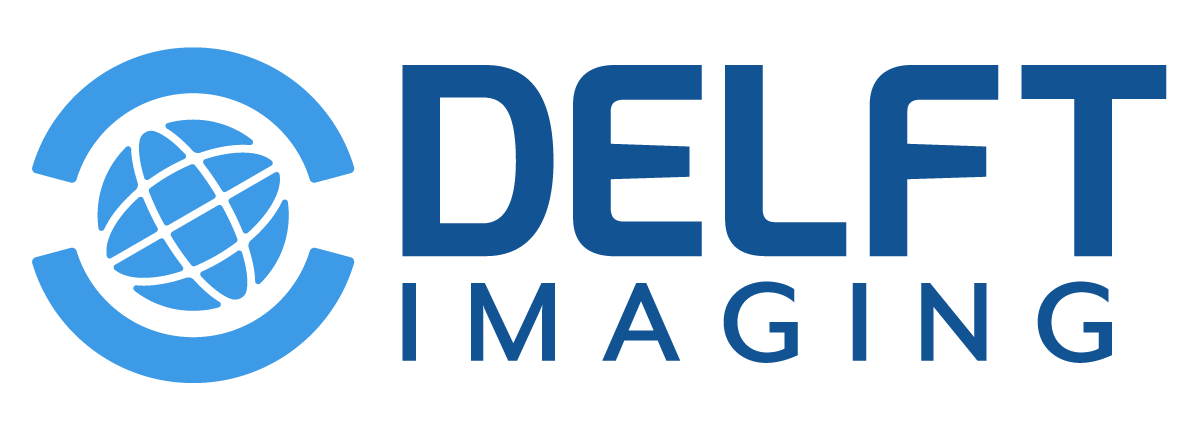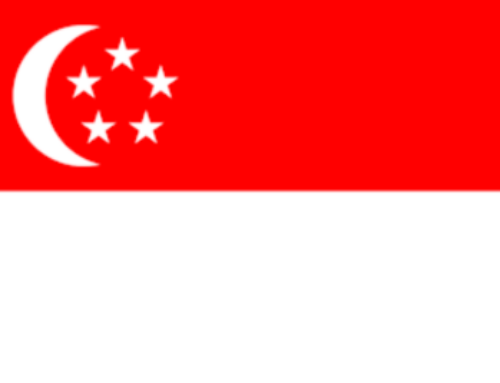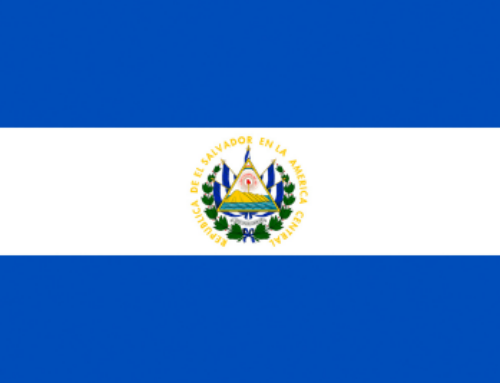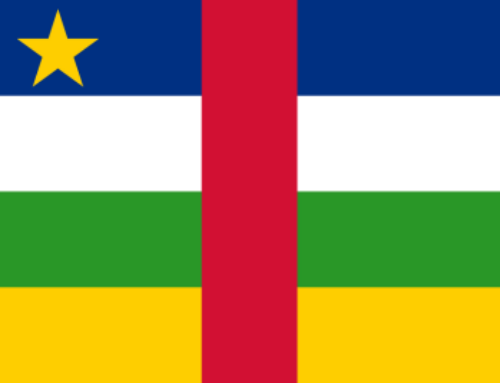Viet Nam reports one of the highest tuberculosis burdens in Southeast Asia, with an estimated 182,000 people developing the disease in 2023. Despite efforts to scale up detection, more than 77,000 people remain missing from TB care. In the same year, 13,000 people died of the disease. Vietnam also reported over 9,900 cases of drug-resistant TB and more than 4,600 people co-infected with HIV and TB.
In 2017, Friends for International Tuberculosis Relief (TB Help) received 2 CAD4TB solutions for research use. This was followed in 2020 by the delivery of 2 more CAD4TB systems to support ongoing research initiatives.
In 2021, under the iNTP project, funded by USAID and supported by the Stop TB Partnership, we delivered 10 Delft Light X-ray systems, each equipped with CAD4TB, to the National Lung Hospital.
In 2023, two university hospitals were equipped with 2 CAD4TB to accelerate TB detection within their facilities. These deployments also included training and support to integrate the systems into daily operations.
Research paper
In 2021, a study was published looking at different artificial intelligence solutions to detect tuberculosis, including CAD4TB. CAD4TB was one of the only artificial intelligence software that performed significantly better than the readers involved in the study.
In 2024, the Stop TB Partnership released a report documenting the significant impact of deploying Delft Light systems equipped with CAD4TB software in Uganda. This effort, spearheaded by NTLP in collaboration with USAID and the Stop TB Partnership, strategically placed five Delft Light systems across the nation, complementing the seven existing digital X-ray systems. This was part of a broader strategy to bridge the TB detection gap. The innovative solutions leveraged have markedly enhanced diagnostic capabilities, leading to over 5,500 screenings and 591 confirmed TB diagnoses. These technologies have drastically reduced both screening and diagnostic times, improving access to TB screening and demonstrating major strides in Uganda’s fight against TB.
For more information on how the Delft Light portable backpack X-ray systems and the CAD4TB artificial intelligence software are used in Vietnam, please view the story on ‘Delft Light Portable X-ray and CAD4TB: Opportunities and Challenges – Vietnam’s Implementation of the New Tools Project’, as presented by Dr Ngoc Anh during the 2022 Q3 Delft webinar.






